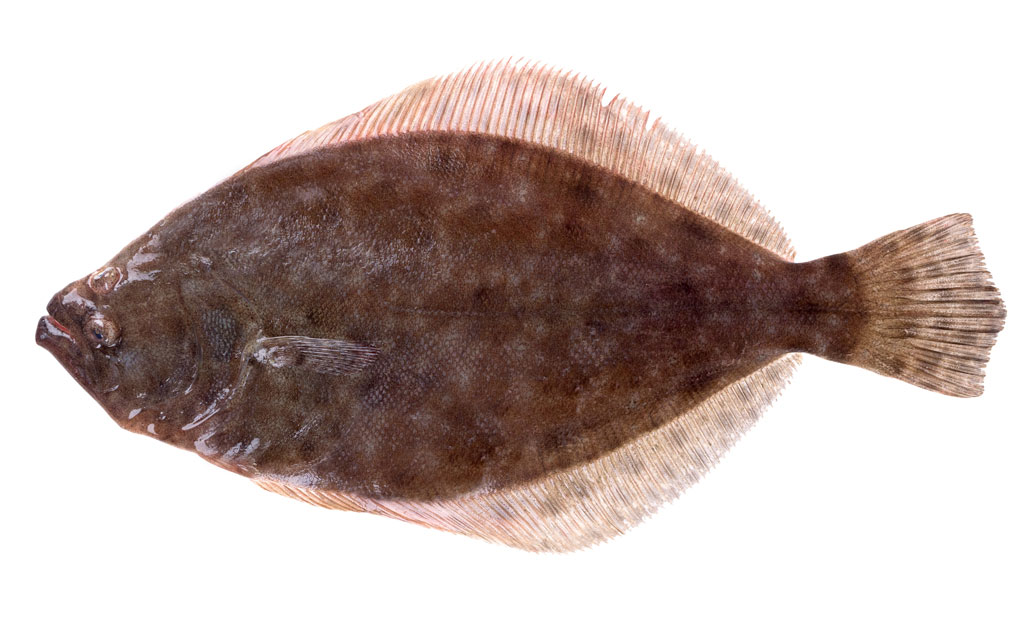With $3 million dollars over the next three years, a scientist at Texas A&M University-Corpus Christi could take his studies in cold plasma research to the clinical stage — possibly the last step in developing a cure for cancer without debilitating side effects.
Dr. Magesh Thiyagaranjan, (known as Dr. Magesh) defers when pressed on the big issues of "a cure for cancer," but not on the accomplishments of his laboratory or the promise of the results.
"We have found a cure for cancer using a new technology in a laboratory setting," specified the Director of the Plasma Engineering Research Lab. Dr. Magesh started the lab when he first came to Texas A&M-CC in 2009. "This new technology promises much reduced side effects compared to current technologies. We are many steps closer to finding the cure for cancer."
Steps involved include clinical studies, when a purple jet of cold plasma will be used on people rather than animals and cells in a petri dish. That's where the $3 million comes in.
"We had seed money from the Department of Defense to prove that the cold plasma works on killing cancer cells," Dr. Magesh says. " To continue on to clinical studies, which would be done elsewhere, we need more support through the cancer community. We could do it in three years."
The plasma promise
Plasma is an ionized gas — the fourth state of matter after solid, liquid and gas. Adding energy to a gas frees electrons from molecules allowing both ions and electrons to coexist. Naturally occurring plasma makes up the surface of the sun. Man-made plasma turns gas filled glass tubes into bright, colorful neon signs or fluorescent light bulbs. Another man-made plasma cuts through metal, making the term cold plasma a bit of a misnomer.
"It's a new paradigm shift in plasma research," Dr. Magesh said. "We bring the plasma to room temperature and keep its energy the same."
The purple jet stream used to counter cancer cells feels like a jet of warm air. It takes only seconds of applying the beam to a lesion or tumor to have an effect. Working with leukemia, the focus of Dr. Magesh's study, is much harder. That involves treating the blood outside the body before returning it.
The trick is in how plasma kills cancer cells.
"It is not through drugs," said Dr. Magesh. "It targets the cancer cells and go through apoptosis — a self induced death."
In other words, rather than killing the cells through an injurious agent like a drug, which can cause harmful side effects, the plasma jet induces cancer cells to kill themselves.
How long it would take to kill cancer cells in a patient will depend on the size of the cancer.
"How much power you add to the plasma determines the length of exposure, whether it is high dosage or low dosage," said Dr. Magesh. "You would study the patient, then set the parameters, but we are playing with seconds here, not minutes or hours."
Doctors in Europe already use cold plasma medically to sterilize wounds and fight infections.
"The general public needs to know this is not like sci-fi," said Dr. Magesh. "This can be a regular day -to-day use technology. This can be something they can use in their home to treat themselves and reduce their hospital visits."
This can be something well worth a $3 million dollar investment.
With $3 million dollars over the next three years, a scientist at Texas A&M University-Corpus Christi could take his studies in cold plasma research to the clinical stage — possibly the last step in developing a cure for cancer without debilitating side effects.
Dr. Magesh Thiyagaranjan, (known as Dr. Magesh) defers when pressed on the big issues of "a cure for cancer," but not on the accomplishments of his laboratory or the promise of the results.
"We have found a cure for cancer using a new technology in a laboratory setting," specified the Director of the Plasma Engineering Research Lab. Dr. Magesh started the lab when he first came to Texas A&M-CC in 2009. "This new technology promises much reduced side effects compared to current technologies. We are many steps closer to finding the cure for cancer."
Steps involved include clinical studies, when a purple jet of cold plasma will be used on people rather than animals and cells in a petri dish. That's where the $3 million comes in.
"We had seed money from the Department of Defense to prove that the cold plasma works on killing cancer cells," Dr. Magesh says. " To continue on to clinical studies, which would be done elsewhere, we need more support through the cancer community. We could do it in three years."
The plasma promise
Plasma is an ionized gas — the fourth state of matter after solid, liquid and gas. Adding energy to a gas frees electrons from molecules allowing both ions and electrons to coexist. Naturally occurring plasma makes up the surface of the sun. Man-made plasma turns gas filled glass tubes into bright, colorful neon signs or fluorescent light bulbs. Another man-made plasma cuts through metal, making the term cold plasma a bit of a misnomer.
"It's a new paradigm shift in plasma research," Dr. Magesh said. "We bring the plasma to room temperature and keep its energy the same."
The purple jet stream used to counter cancer cells feels like a jet of warm air. It takes only seconds of applying the beam to a lesion or tumor to have an effect. Working with leukemia, the focus of Dr. Magesh's study, is much harder. That involves treating the blood outside the body before returning it.
The trick is in how plasma kills cancer cells.
"It is not through drugs," said Dr. Magesh. "It targets the cancer cells and go through apoptosis — a self induced death."
In other words, rather than killing the cells through an injurious agent like a drug, which can cause harmful side effects, the plasma jet induces cancer cells to kill themselves.
How long it would take to kill cancer cells in a patient will depend on the size of the cancer.
"How much power you add to the plasma determines the length of exposure, whether it is high dosage or low dosage," said Dr. Magesh. "You would study the patient, then set the parameters, but we are playing with seconds here, not minutes or hours."
Doctors in Europe already use cold plasma medically to sterilize wounds and fight infections.
"The general public needs to know this is not like sci-fi," said Dr. Magesh. "This can be a regular day -to-day use technology. This can be something they can use in their home to treat themselves and reduce their hospital visits."
This can be something well worth a $3 million dollar investment.





